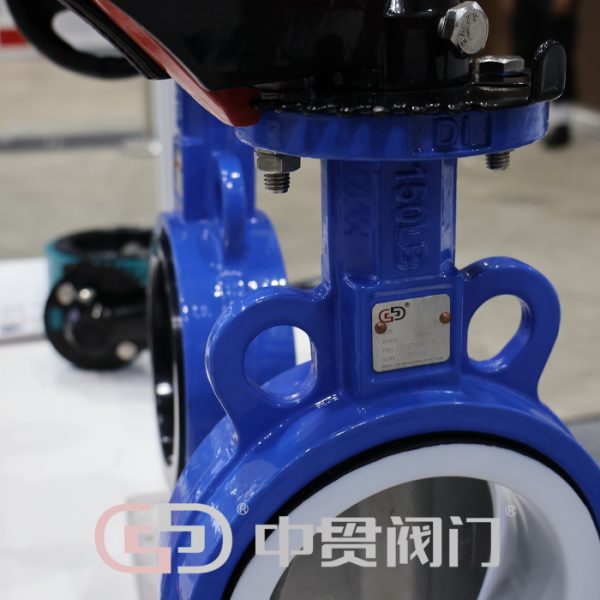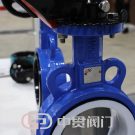Ductile Iron Butterfly Valve
Sorts of Cast Iron for Butterfly Valves
Cast iron is commonly used in the manufacturing of butterfly valves due to its excellent mechanical properties, including good corrosion resistance, high strength, and durability. Several types of cast iron are utilized for butterfly valves, each with its own characteristics suited for specific applications:
Gray Cast Iron: Gray cast iron is the most common material used for butterfly valves. It has good corrosion resistance and machinability, making it suitable for various industrial applications. However, it is not as strong as other types of cast iron and may not be suitable for high-pressure or high-temperature applications.
Ductile Cast Iron (Nodular Cast Iron): Ductile cast iron, also known as nodular cast iron or spheroidal graphite iron, offers higher strength, ductility, and impact resistance compared to gray cast iron. It is often used in butterfly valves for applications where higher pressures or temperatures are encountered.
High Silicon Cast Iron: High silicon cast iron contains a higher percentage of silicon than gray cast iron, which enhances its resistance to corrosion and oxidation. It is commonly used in butterfly valves for applications involving corrosive fluids or environments.
Malleable Cast Iron: Malleable cast iron is heat-treated to improve its strength and ductility. While not as common as gray or ductile cast iron for butterfly valves, it may be used in specific applications where its unique properties are beneficial.
The choice of cast iron material for butterfly valves depends on various factors such as the operating conditions (pressure, temperature, and fluid media), required mechanical properties, and budget considerations. It’s essential to select the appropriate material to ensure the optimal performance and longevity of the valve in a specific application.
Applications
Grey Iron: Grey iron is commonly used in applications such as brake rotors, pump housings, pipe fittings, and decorative castings where its good machinability and damping properties are advantageous.
Ductile Iron: Ductile iron finds applications in automotive components, gears, crankshafts, heavy machinery, and structural components where high strength, toughness, and ductility are required.
In summary, while both grey iron and ductile iron are types of cast iron, they exhibit distinct differences in microstructure, mechanical properties, machinability, shock resistance, cost, and applications, making each suitable for specific engineering requirements.





